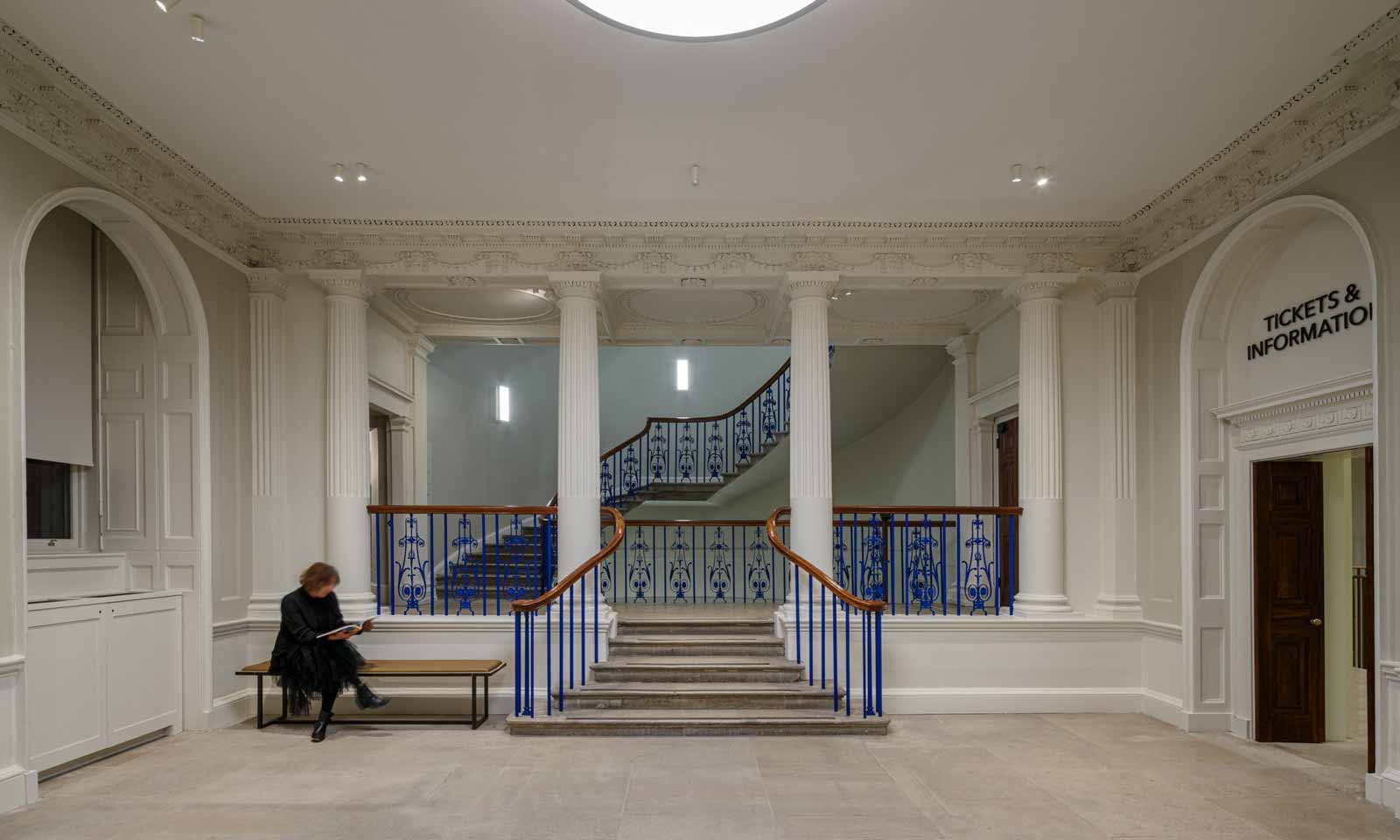
Column: Learning from the Past in the Interplay of Light and Materials
Monthly Column By Zerlina Hughes
With recent innovations in lighting technologies and surface materials, the intrinsic interdependence between light and materials is more significant than ever when it comes to the creation of elegant and nuanced luminous spaces. There is much to be learnt from past masters too. With the addition of techniques using improved contemporary integration methods, we can be inspired by the past to create stunning, cohesive schemes in the modern day.
The artful use of light through history has by no means been confined to era of electricity. We only have to look to art to see depictions of historic interiors from the Renaissance onwards making great use of the interplay of light and material. This was especially true when it came to visualising candles and oil lamps, screened using brass, bronze, silver or mirrored plates to create reflected light and hues.
The most renowned designers and architects use light to inform their material choices and vice versa, in order to manipulate luminous distribution and tonal modulation to their most effective levels. Louis Khan’s seminal Kimbell Art Museum, for example, sees direct and indirect light play on surface materials from the architectural forms, which serve both as baffles and reflectors for daylight and artificial light. Employing a specular material such as a gloss or metallic finish results in reflected images of the light source as well as great reflections, where matte surfaces are more light absorbent and act as a diffuser, spreading softer light more equally.
In Corbusier’s great Chapel de Notre Dame du Haut, the white interior grades into mid and dark grey tones as light intensity fades softly on the matt stippled surface, with added drama from pops of direct light filtered through coloured glass. Diffusing screens used in traditional Japanese architecture represent another inspirational reference from the past, modulating soft light through interior surfaces so that they infuse spaces with nuanced gentle luminosity. We often work with historic buildings in our lighting designs for cultural institutions and art galleries. For the refurbishment of the Courtauld Gallery in London, for example, when it came to the reception area and historical staircase, we studied the original design intent of daylight penetrating the building through the rooflights with decorative layers being delivered by wall lights in the form of light inside diffuse glass.
We didn’t want add faux period decorative fittings here, but rather conceived to work with luminous planes to deliver artificial light in the same way the daylight penetrates the core of the building. We therefore took the dimensions of the archways which open onto the high rooflight and echoed this with a circular, luminous dropped ceiling plane. We were committed to using natural materials and worked with an innovative marble, laser-cutting technique to create a single large light diffusing panel. The subtle tonality, once lit, of the thin marble sheet speaks to the surrounding historical materials. The proportion and the simplicity sit in harmony with the architecture and respects the original intent of light flow through the building, while also meeting all the necessary criteria of an accessible public space.
Zerlina Hughes, Founder & Creative Director at Studio ZNA




